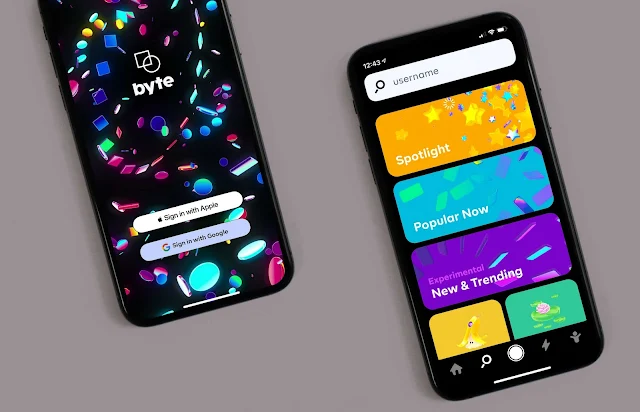Introduction:
In today's digital landscape, mobile applications play an integral role in our lives. From social networking to online banking, we rely on mobile apps for various purposes. With the rising importance of app security, developers need to prioritize safeguarding user data. Flutter, Google's powerful cross-platform framework, offers a versatile toolkit for building mobile applications. In this blog, we will explore how to secure Flutter apps through robust authentication and authorization mechanisms, ensuring the safety of user information.
1. Building the Foundation: Understanding Authentication
Authentication serves as the first line of defense for any app. It verifies the identity of users before granting access to sensitive data or features. Flutter provides numerous authentication options, allowing developers to choose the most suitable approach for their app's requirements.
a. Email/Password Authentication:
One of the most common methods, email/password authentication, enables users to register with their email address and a secure password. Flutter integrates seamlessly with Firebase Authentication, a scalable and reliable service that simplifies the implementation process. By leveraging Firebase Authentication, developers can focus on building their app's unique features while leaving the authentication complexities to Firebase.
b. Social Media Authentication:
In an era dominated by social media, users expect hassle-free login experiences. Flutter's flexibility enables developers to integrate social media authentication mechanisms seamlessly. Services like Firebase Authentication and third-party packages like Flutter Social provide easy-to-use APIs to authenticate users through platforms such as Google, Facebook, Twitter, and more.
c. Biometric Authentication:
Biometric authentication has become increasingly popular due to its convenience and security. Flutter supports various biometric authentication methods, such as fingerprint and facial recognition. By incorporating the local_auth package, developers can enhance their app's security while providing a seamless user experience.
2. Securing the Gates: Authorization in Flutter
Once users are authenticated, it is crucial to ensure that they have appropriate access rights within the app. Authorization controls what specific resources or actions a user can access. Flutter offers multiple approaches to implement authorization effectively.
a. Role-Based Access Control (RBAC):
RBAC is a widely adopted authorization model that assigns users specific roles or permissions. Flutter provides developers with the flexibility to define custom roles and implement RBAC within their applications. By utilizing packages like 'flutter_simple_dependency_injection,' developers can establish a granular permission system, granting or restricting access to certain features based on user roles.
b. Token-Based Authentication and Authorization:
Token-based authentication involves generating a unique token upon successful login, which is then included in subsequent API requests. Flutter, combined with packages like 'http' and 'shared_preferences,' allows developers to securely store and transmit tokens, ensuring authorized access to protected resources.
c. OAuth and OpenID Connect:
For apps that require third-party authentication and authorization, Flutter offers seamless integration with OAuth and OpenID Connect. These protocols enable secure authentication through trusted identity providers, granting users access to protected resources.
3. Best Practices for Enhanced Security
a. Encryption:
Data encryption is a critical aspect of app security. Flutter provides various encryption packages like 'encrypt' and 'pointycastle' that enable developers to secure sensitive data, such as passwords, stored locally or transmitted over the network.
b. Two-Factor Authentication (2FA):
Implementing 2FA adds an extra layer of security to Flutter apps. By leveraging packages like 'flutter_otp' or integrating with third-party authentication apps like Google Authenticator, developers can ensure that only authorized users gain access.
c. Regular Security Audits:
Security is an ongoing process, and it is essential to conduct regular security audits of your Flutter app. This includes code reviews, vulnerability assessments, and penetration testing to identify and mitigate potential risks.
Conclusion:
Securing Flutter apps is a paramount concern for developers, and authentication and authorization form the foundation of app security. By implementing robust authentication mechanisms, developers can ensure the integrity of user identities, while effective authorization mechanisms grant access to authorized users only. With Flutter's versatility and an array of packages and services at our disposal, developers can build secure apps while providing an engaging user experience. Embracing best practices and staying vigilant against emerging threats will help us create a safer and more secure mobile app ecosystem. Let's embrace the power of authentication and authorization in Flutter and build a robust security framework for our apps!
